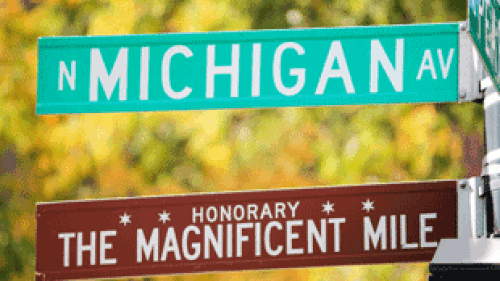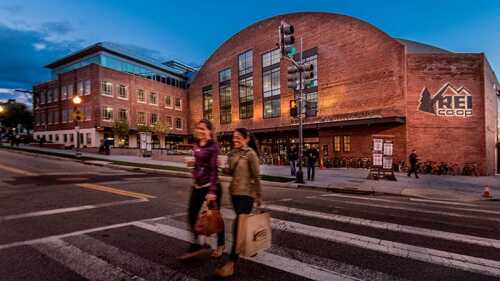At the ULI Japan Spring Conference 2018, panelists discussed how Japan’s malls can reinvigorate themselves with culture and content. Retail in Japan has not suffered as badly as elsewhere from the effects of online shopping, but the industry is concerned that malls need to offer more to retain customers.
Panel moderator Seth Sulkin, president and chief executive officer of Pacifica Capital, with more than 20 years of experience in Japanese real estate, said that his company had developed shopping malls in Japan, but was now focused on the hotel sector, which perhaps demonstrated a broader shift of interest from retail to hospitality. “Online shopping is growing, but sales at brick-and-mortar stores are in decline. How can we succeed at retail property going forward?”
A common complaint from panelists was that Japanese real estate developers were still wedded to traditional practices. Shimpei Terada, president of Tysons & Company, a restaurant, bakery, and craft brewery company, said his venues tended to be in individual buildings, often in off-center areas, because Japan’s big developers and property owners were so conservative.
“We’re about providing an experience to people and to be part of the city,” he said. “Perhaps we have a different customer base to those who shop in malls regularly, but mall owners are just focused on the rent, not about the experience a venue might provide to shoppers.”
Seiichi Saito, representative director, creative and technical director at Rhizomatiks, a Japanese company created to foster collaboration between media art, industry, and business, argued that Japanese developers did not think about culture, content, and experience in an integrated fashion.
“Cultural facilities are just added onto developments,” he said. “Companies are doing it mainly to fulfill their corporate and social responsibility duties, rather than seeing it as a chance to upgrade the experience for users and improve footfall.
“There is huge potential for the arts and culture to be at the heart of a mall or retail building, but the way they are built is very old-fashioned. Malls are centered on the large shops that will anchor the property and culture is just decoration, when it could be the glue that holds the project together.”
Saito’s company has worked on a number of arts events in Japan and overseas, including a tenth anniversary show for the Mori Art Museum in Tokyo. He suggested that as well as providing cohesion for a single development, arts and culture could be used to bring a distinct atmosphere to a district.
Ryotaro Muramatsu, chief executive officer of Naked, which produces immersive arts events, said: “It is clear that arts and culture drive more traffic. You need to give people a reason to go somewhere!” He cited Nijo Castle in Kyoto, previously a popular destination with steady visitor numbers, which has boosted footfall substantially with regular cultural events.
Muramatsu is also branding director of Achi Village in Nagano, a small community once cited as being at high risk of depopulation. However, the quiet village, with 6,000 residents, has rebranded itself as a destination for stargazing and now gets 150,000 visitors a year, revitalizing the local economy.
“You need to keep changing and evolving the events program to stimulate the audience,” he said. “You can’t just keep the same thing going if you want to attract people who can shop online.”
Saito said that developers think about mall revenues only in terms of rents, when there are other ways of generating income. “They need to think about the software of the mall, not just the hardware,” he said. “The problem is that a cultural event is unlikely to make a profit in its first year, but if it becomes established it will bring in extra revenue over the medium to long term.”
Both Saito and Terada said that big developers with large teams were not as nimble and creative as smaller organizations, where lateral thinking might be rewarded.
The panel agreed that there was a tension between trying to appeal to what Japanese shoppers and tourists wanted. “I don’t think there are many events that would interest both Japanese people and tourists,” Sulkin said.
Saito also pointed out that developers need to know their potential audience and appeal to it. “If you try to attract everybody, you will end up not appealing to anyone,” he said.
Based on Rhizomatiks’s experience, he said, the most forward-thinking developers in Japan were those with less experience, such as companies where real estate is an adjunct to the main business.
Japan has an aging population, with more than one-third of the population over age 60. Sulkin said that malls needed to do more to attract the growing numbers of wealthy older shoppers.



